“Try this on drums, and you'll end up with something similar to a classic gated drum kit. Eat your heart out, Phil Collins!”: Our go-to plugins for adding flavour to sounds
With so much processing available in modern DAWs, we take a look at some of the more left-field plugins and approaches for maximising the colour of your audio signal
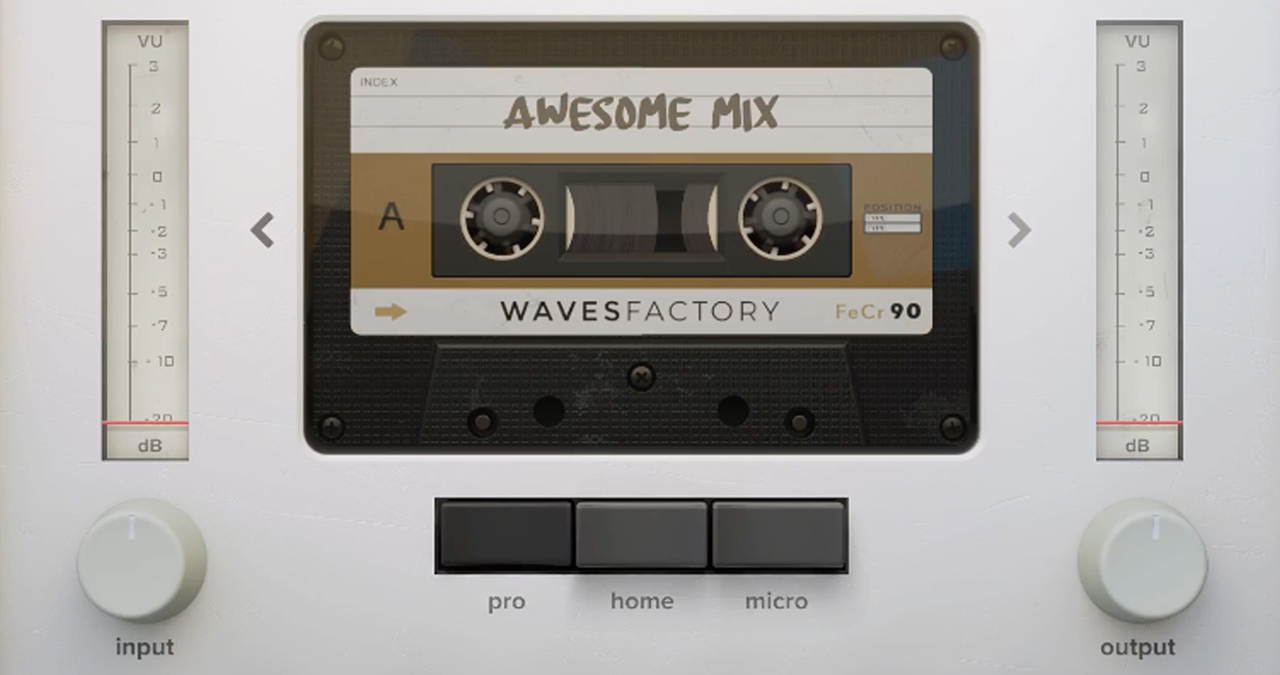
PLUGIN WEEK 2025: Ever since the fateful day that a guitarist turned up their amp just a little too much and discovered distortion, musicians and producers have been obsessed with applying colour, shape and degradation to an audio signal.
While this was a classic case of a ‘happy accident’, the resulting sound was gritty and crunchy - and the forerunner to the packaged distortion that we get today, in either pedal or plugin form.
Since the advent of music technology equipment, experimentation has been key, with some excellent examples of technology being shunted in a different direction, while accidentally creating a brilliant effect.
Take another much more up-to-date example of the over-extension of Auto Tune applied to a vocal; the shifting vocal line extends way beyond its original melodic intent, inducing trills and mordents, creating an effect which has become part of the R&B furniture.
While you may never be sure where your next interesting or experimental sound may come from, there are some great examples of plugins that are intrinsically designed to induce colour and chaos to your signal, sometimes with a quite surprising output.
Returning to the theme of distortion, it's long been a favourite of synthesists for creating overdriven lead and bass sounds, although not all distortions are equal.
One of the classic overdriven colours stems from the use of the original Roland TB-303. With its squealing filter circuit, and the addition of a suitable distortion pedal. Over the years, we have experimented with many examples, only a few of which have truly cut the overdrive-mustard when trying to replicate the original Acid House sound.
Want all the hottest music and gear news, reviews, deals, features and more, direct to your inbox? Sign up here.
Thanks to the plugin domain, most distortion plugins present more than a single overdrive colour, and no plugin demonstrates this more eloquently than Decapitator, from Soundtoys. Employing five distinct saturation models (all culled from sonic adventures in the analog world) it garners an exemplary level of control across tone and application.
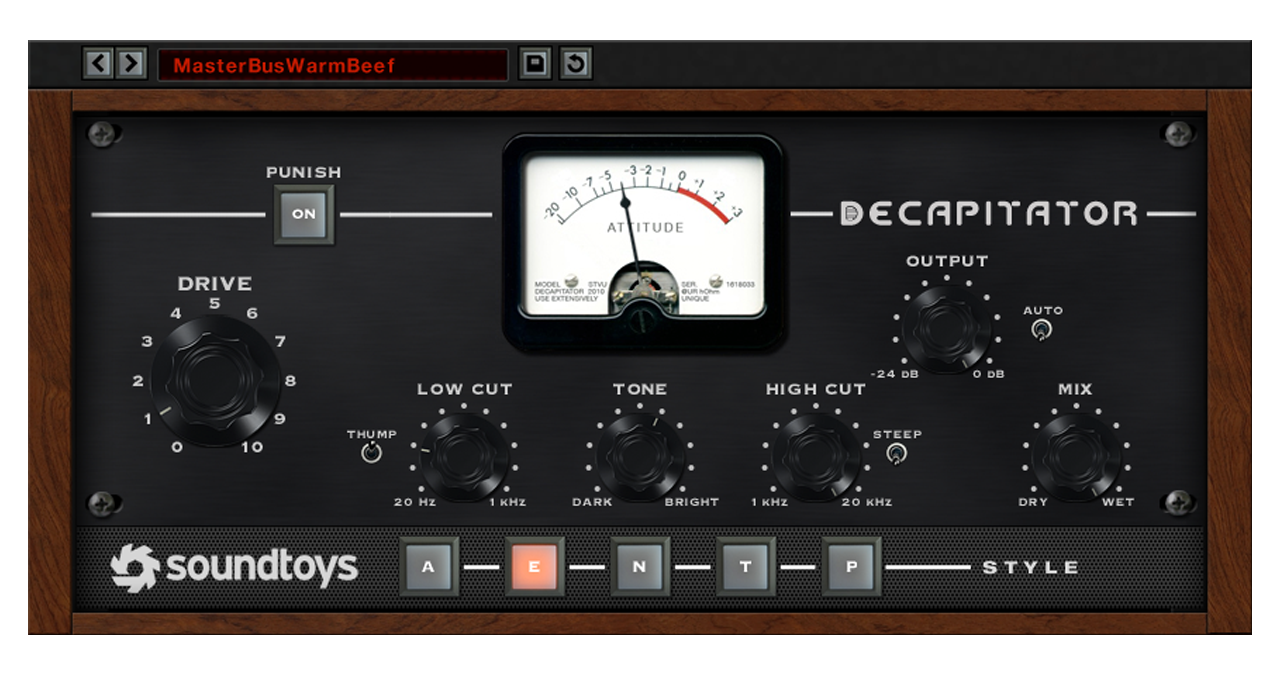
It can be used to subtly warmup a master output of an entire mix, dirty-up a drum track, or go full tilt into distorted mayhem, for bright bass lines and leads.
Just ask Jon Hopkins, who paired this plugin so successfully with the aggressive tendencies of the Korg MS-20, on his Mercury nominated album, Immunity.
Of course, it is possible to re-create similar effects using the included distortion and overdrive plugins, available within your DAW, but you might be advised to look left-field for the best options.
One highly praised example of a superb stock plugin is the Bitcrusher, included as part of the Logic suite.
Apart from its ability to reduce all of your tracks to pseudo chiptune proportions, it introduces interesting harmonic content, through the downsampling of the sample rate.
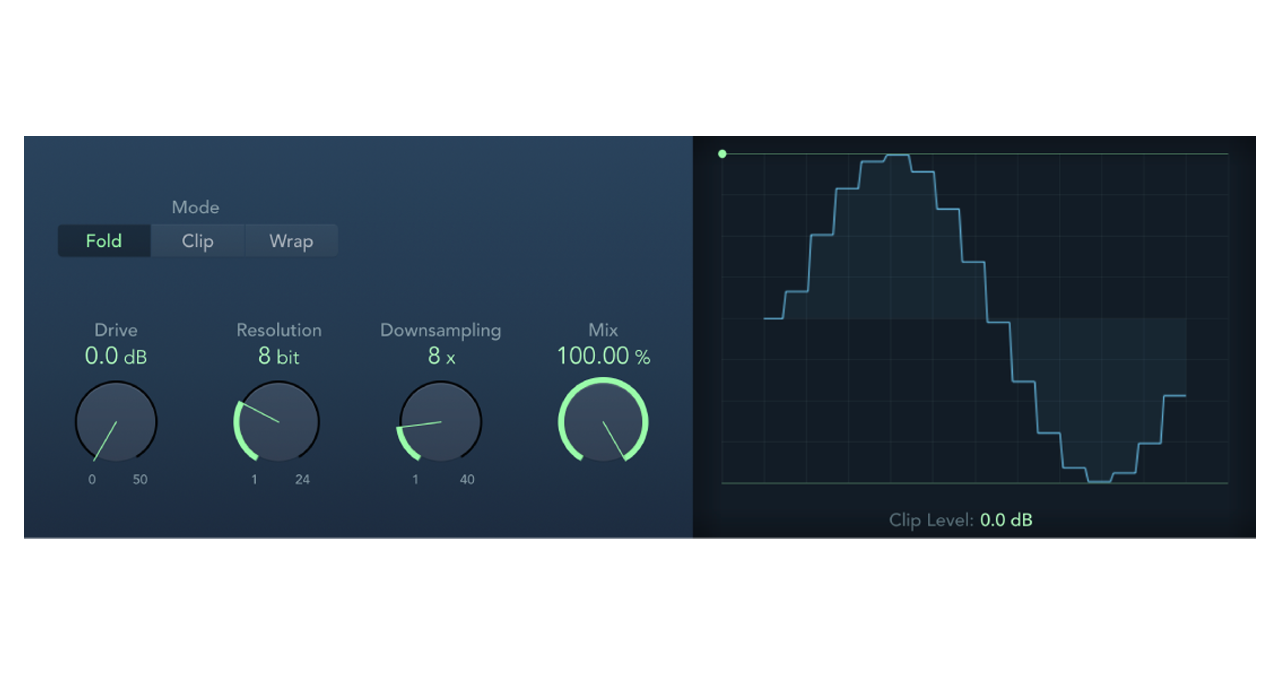
The resolution control allows the reduction of the bit depth, substantially reducing the points on the amplitude curve, via each incremental shift downwards. Try this on drums, and you'll end up with something similar to a classic gated drum kit. Eat your heart out, Phil Collins!
If we swing back to our concept of experimentation, a very simple point for experimentation stems from the order in which you place your plugins in the channel strip.
Consider using a synth pad or strings, which you liberally apply with a long reverb.
If you add distortion after the reverb, you'll get a very interesting sound. Better still, apply some form of bit crush plugin, also after the reverb, and as the reverb tail fades, the crushing effect will apply a certain magic to the signal, resulting in all sorts of interesting colours and stuttering dynamics.
There are many ways to saturate and colour an audio signal, and much like distortion, many hark back to technology from a previous age.
One of the reasons that we like analog technology (or plugins that simulate analog technology) is because of subtle distortions which are introduced into the signal, which we interpret as impurity and warmth.
No style of plugin personifies this more than the category known as tape simulation.
Recording to an analog reel-to-reel tape machine induces second harmonic distortion, alongside noise, hum, and degrees of pitch fluctuation, entirely dependent on how recently the tape machine was serviced!
Thankfully, you don't have to go to the trouble of buying hardware anymore, as there are many on-screen devices that will do the job for you.
Universal Audio has long been the guardian of the analog-inspired domain, with a number of excellent solutions ripe for recommendation.
The Verve Analog Machines suite supplies immediate analog and tape-based colour, in an exceptionally useful and easy to use plugin format.
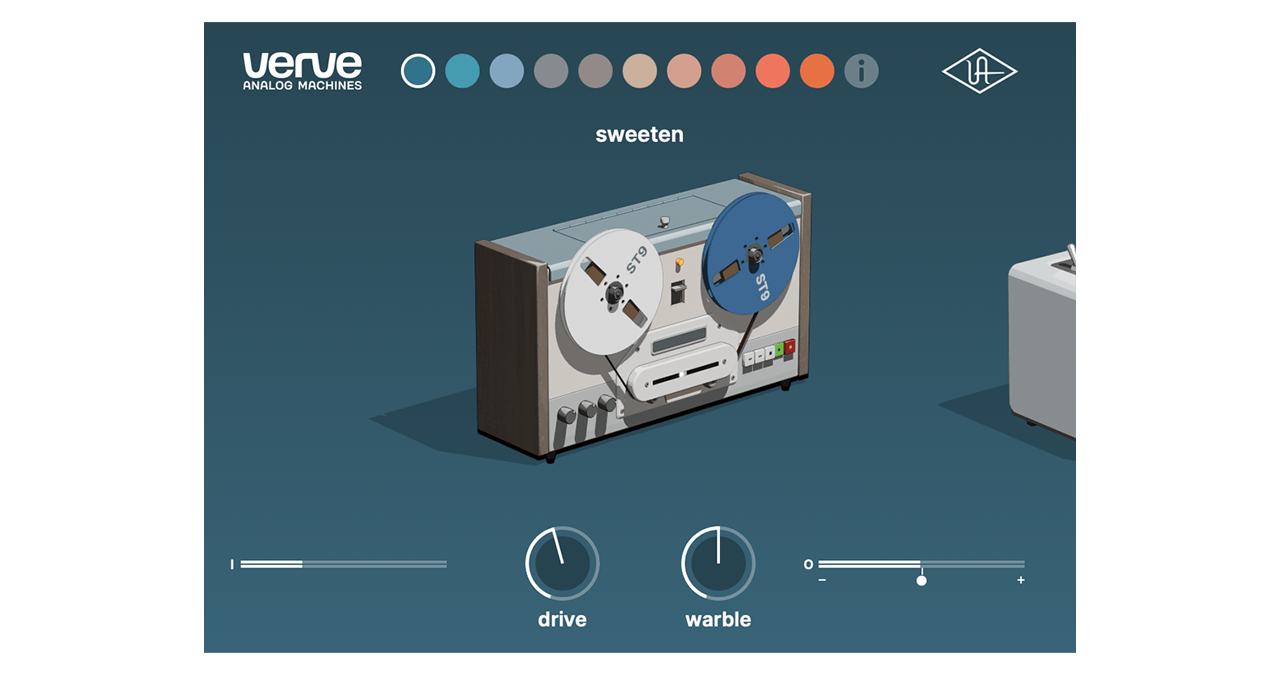
This is an ideal solution for a number of different working scenarios, from individual channels to your main output or master. With 10 colouration variations available, it represents incredible value for money, especially if purchased during one of the ubiquitous UA sales!
If you want to escalate by a notch or two, take a closer look at the Ampex ATR-102 or Studer A800 plugins, also from Universal Audio.
Both of these plugins provide extended tape-based control, with the ability to dial in wow and flutter, as well as noise and hum. The 102 is often described as the analog glue, that melts everything together in a mix.
However, there are also considerable trends for lo-fi production, so you might prefer a plugin that goes to the complete opposite end of the spectrum.
The Cassette plugin, from Wavesfactory, exhibits similar facets to the UA designs, but with a far greater capacity to degrade your signal, as though you are using a well worn cassette tape. Nice! Apart from the obvious degrading of sound, the interface is heavily laced with childhood reminiscence.

All of these plugins provide a beautiful set of colours, but we do have to just issue a small word of warning: It is very easy to oversaturate instrumentation or an entire mix with too many similar or contrasting colours.
Many of these tape simulations can be driven to an extreme, and you should always question how far you wish to push your sound. Going to the outer limits may feel terrific initially, but see what your ears tell you the next day.
Don't be afraid to pull back the mix or noise blend. Your ears will thank you for it later.
While we’re talking about noise, another company that has taken this to the extreme, is AudioThing.
Alongside a healthy batch of quirky colouration plugins, AudioThing has also produced instrument plugins that generate a number of different noises. In fact, ‘Noises’ is the name of one of the company’s plugins, which supplies a set of banks, each equipped with their own set of noises.
Through the use of modulation, these noises can be used as instruments in their own right, or serve alongside existing instrumentation, to add another interesting and quirky layer to your music.
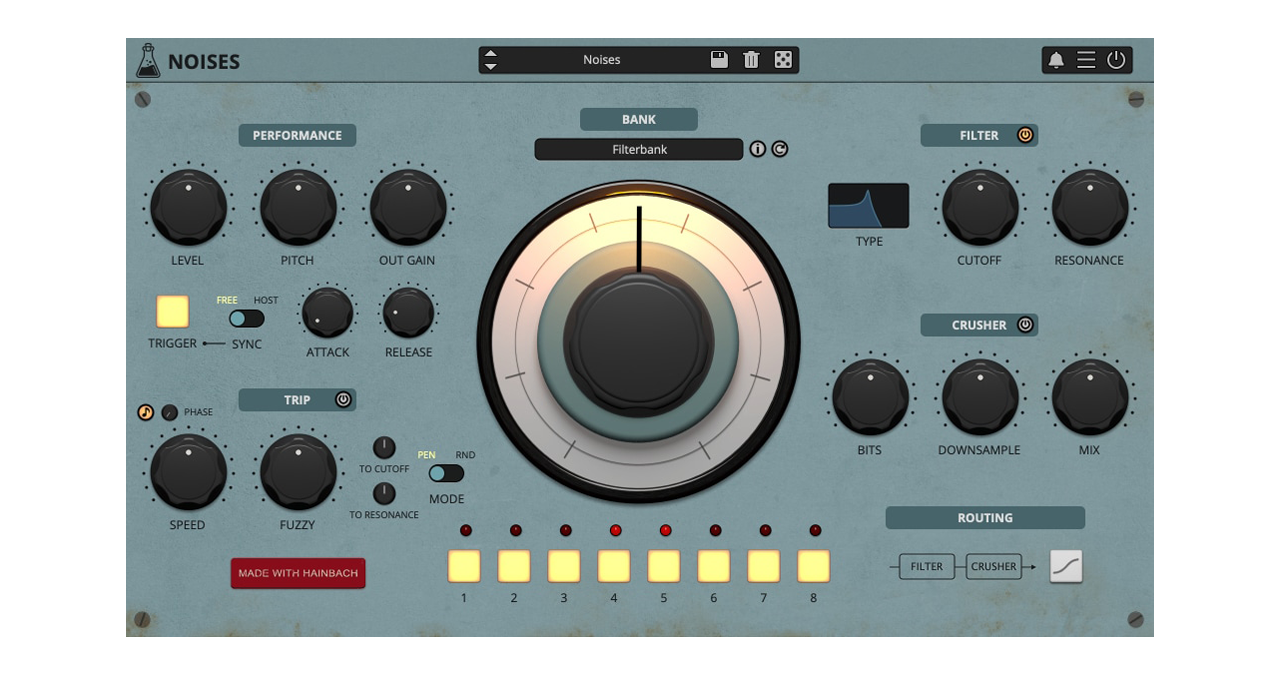
If you want to switch to a more musical methodology, you could try adding notes to existing lines in a track.
The technology of building chords from a signal is relatively well trodden, but there are some excellent examples that go beyond the norm.
Eventide’s Octavox specialises in adding up to eight notes to an incoming signal, but can be done in a way that extends beyond the original concept of harmonisation.
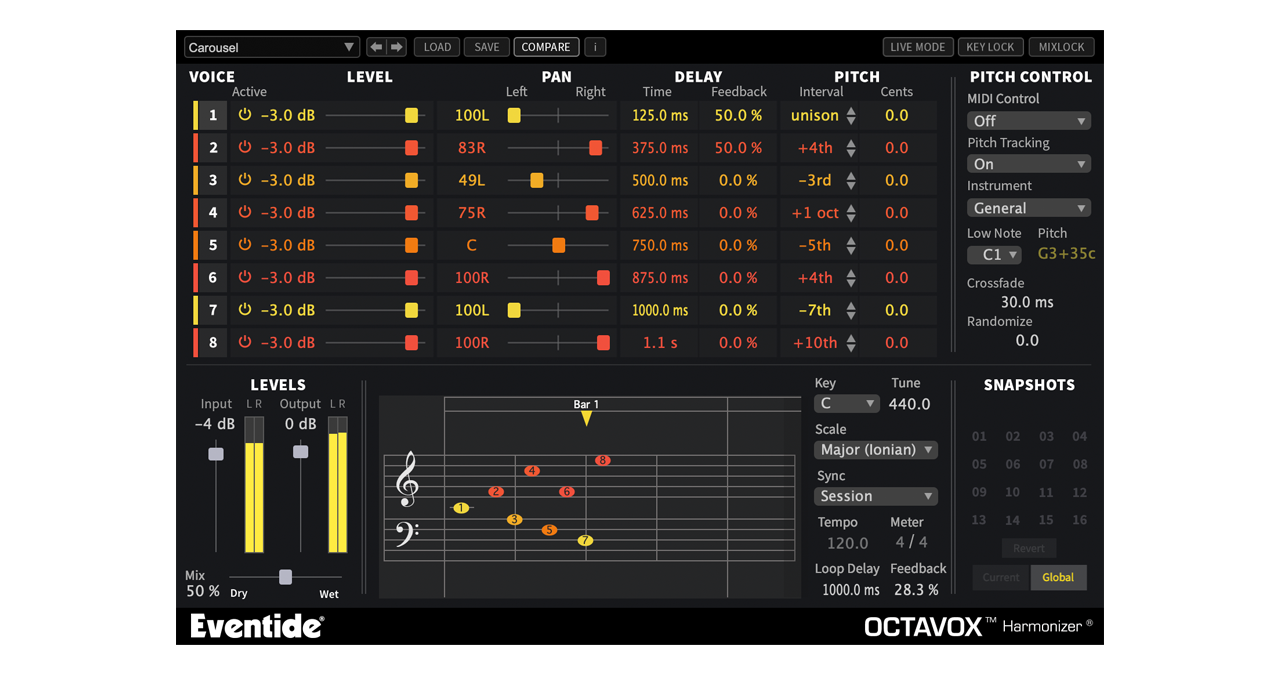
Each of the eight notes can be assigned to different pitches and timing, resulting in the notes playing out across a bar or two. Moreover, you can specify where these notes appear in the stereo field, and at what dynamic level. It might take you a small step closer to sounding like Jacob Collier, which given the nature of his extraordinary talent, would be no bad thing for any of us!
While the Octavox provides capacity to organise your harmonies succinctly, the legendary Crystallizer, from Soundtoys, exhibits musical greatness too.
Billed as a ‘Granular Echo Synthesiser’, applying this to the most basic of signals, such as a felt piano track, will instantly add a layer of endearing complexity. It has become a firm favourite in the soundtrack world.
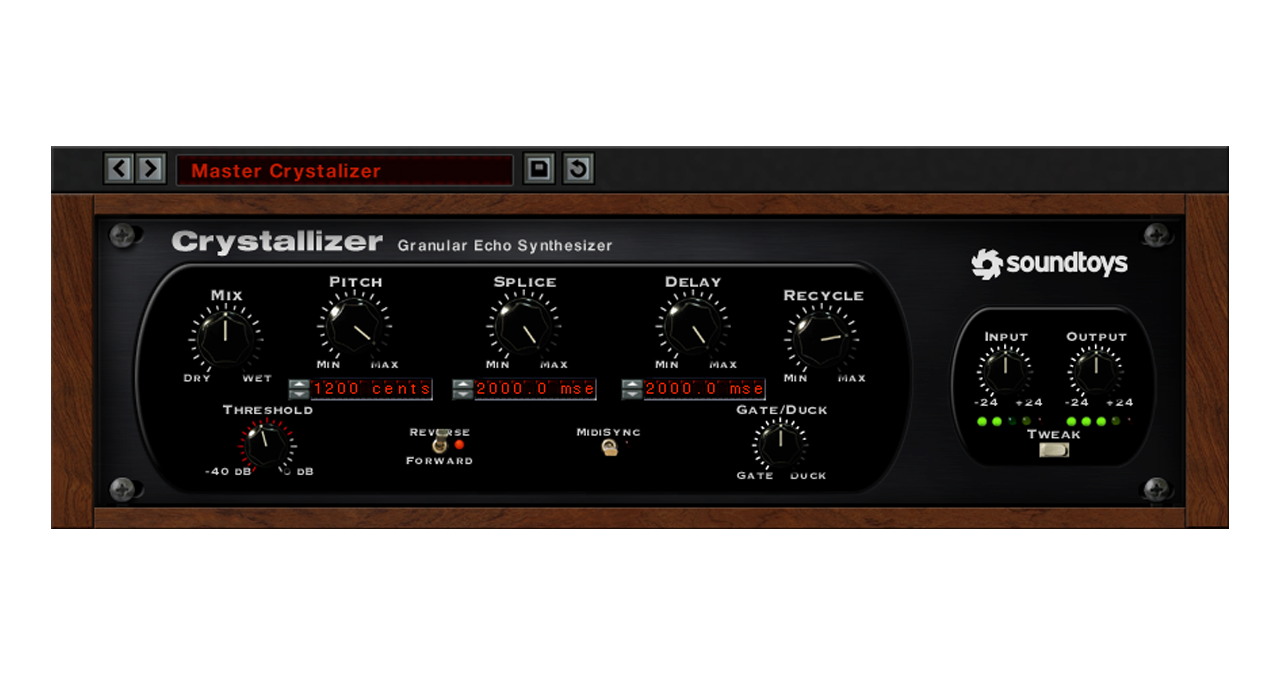
Another area that could be positively harvested for interesting quirkiness, is the delay plugin, particularly those simulating tape delays.
One of the neatest tricks that we can pull off with any delay plugin is the capacity to feedback the signal to a frenzy.
This feedback element induces all sorts of colour and overtones, which can then also be pulled back from the brink of overdrive and destruction.
Of course, this is exactly what guitarists used to do with the original hardware - but we can do the same in the plugin domain.
It is however worth experimenting with automation within the DAW, as this will allow you to tame the signal, so that it doesn't become overbearing.
One of the most cloned units is the original Roland RE-201 Space Echo. Unlike the original hardware, many of the software versions operate in stereo, with capacity to sync its delay amount to your DAW project tempo.
One of our favourite and most cost-effective reproductions comes from Cherry Audio.
The Stardust 201 captures the sound and spirit of the original unit, alongside a host of additional features, making it very useful indeed.

If you prefer to have even more control over your delays, try the Eventide Ultratap. This incredible plugin can operate in the usual delay-line sense, but allows for total control over the number of repetitions, and the way that these reproduce. It's a wonderfully clever plugin, that is well worth getting to know.
But if you want to take your delays to the very next dimension, you can't go far wrong with Output’s Portal. This is another plugin that veers toward granular, but does so in an incredibly engaging style, thanks to its inviting interface.
Bountiful effects can be created, shifting pitch and time simultaneously, with simple capacity to blend the original signal with the processed signal, allowing automation as you go.
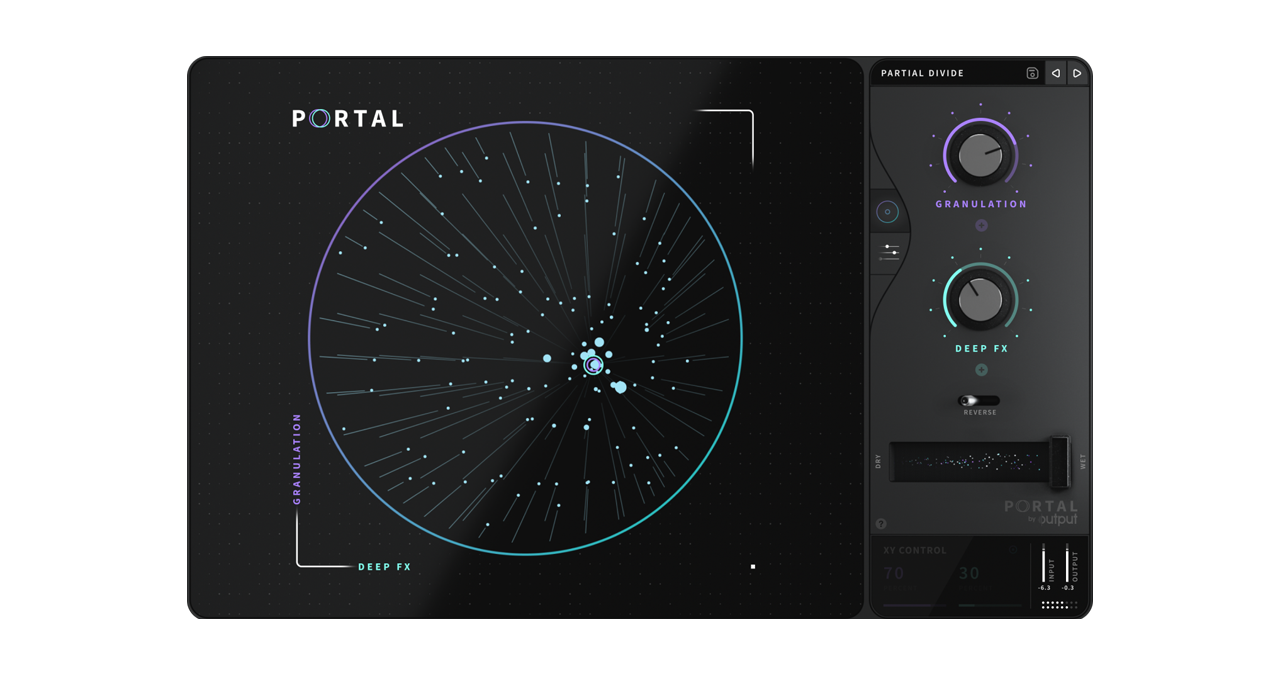
Experimentation in any form of music is essential if you want to create something genuinely original.
We can certainly learn from the pioneers, but there is so much to learn by exploring how effects plugins can re-shape our sounds
The common DAW provides so much processing power - the sonic world is literally your oyster, and that world is often enhanced by the addition of quirkiness and colouration.
Be bold in your experimentation, but don't be afraid to wind it back. Your listeners may not always agree with you, and striking a balance is likely to always be the best prerogative.
Roland Schmidt is a professional programmer, sound designer and producer, who has worked in collaboration with a number of successful production teams over the last 25 years. He can also be found delivering regular and key-note lectures on the use of hardware/software synthesisers and production, at various higher educational institutions throughout the UK
You must confirm your public display name before commenting
Please logout and then login again, you will then be prompted to enter your display name.
